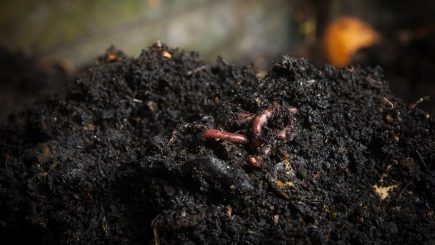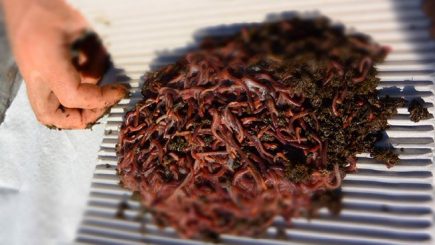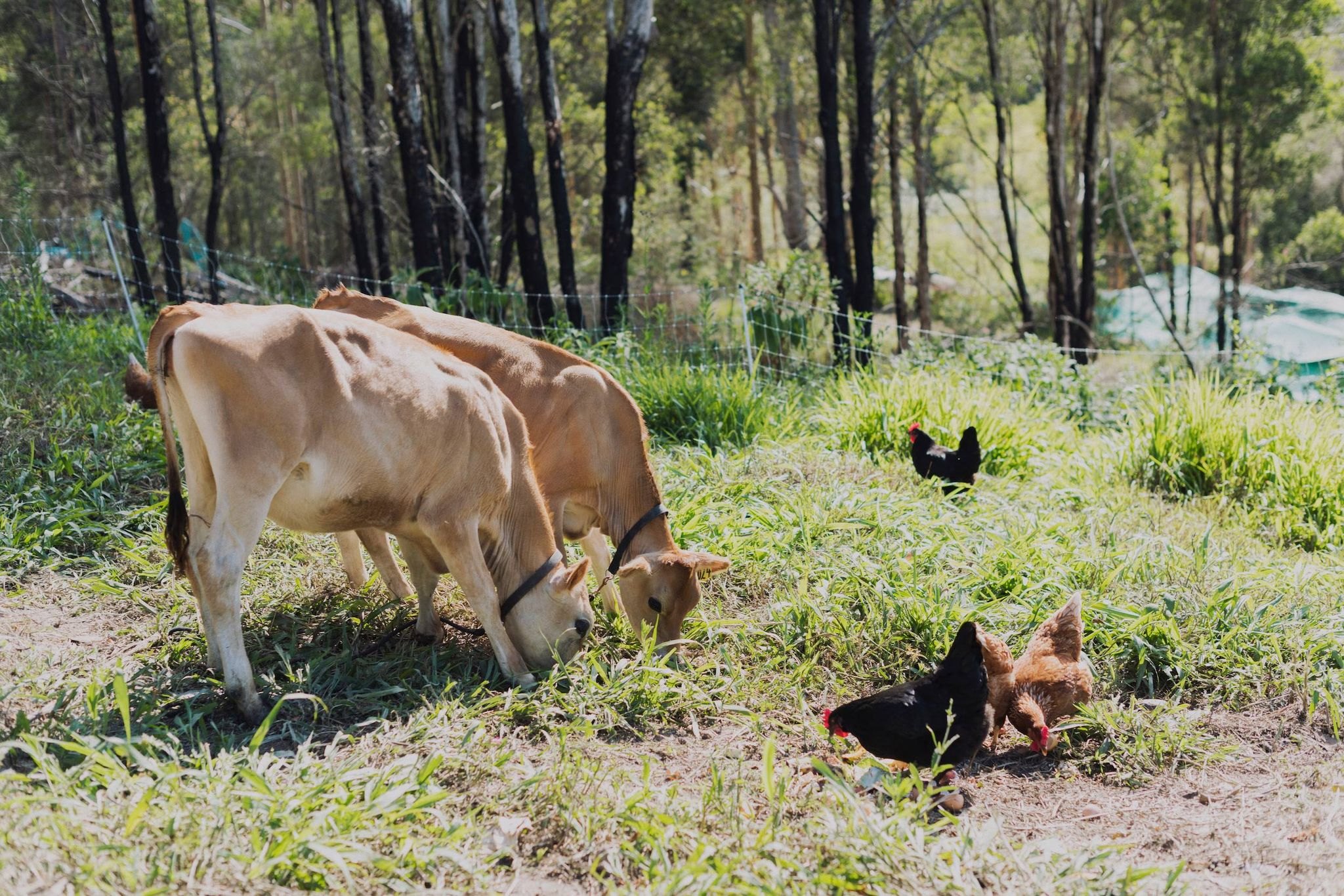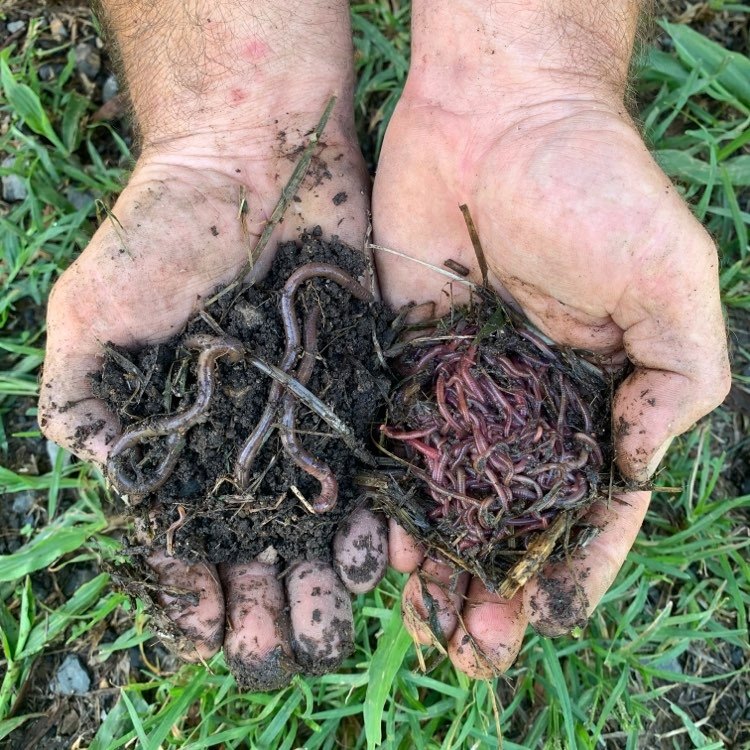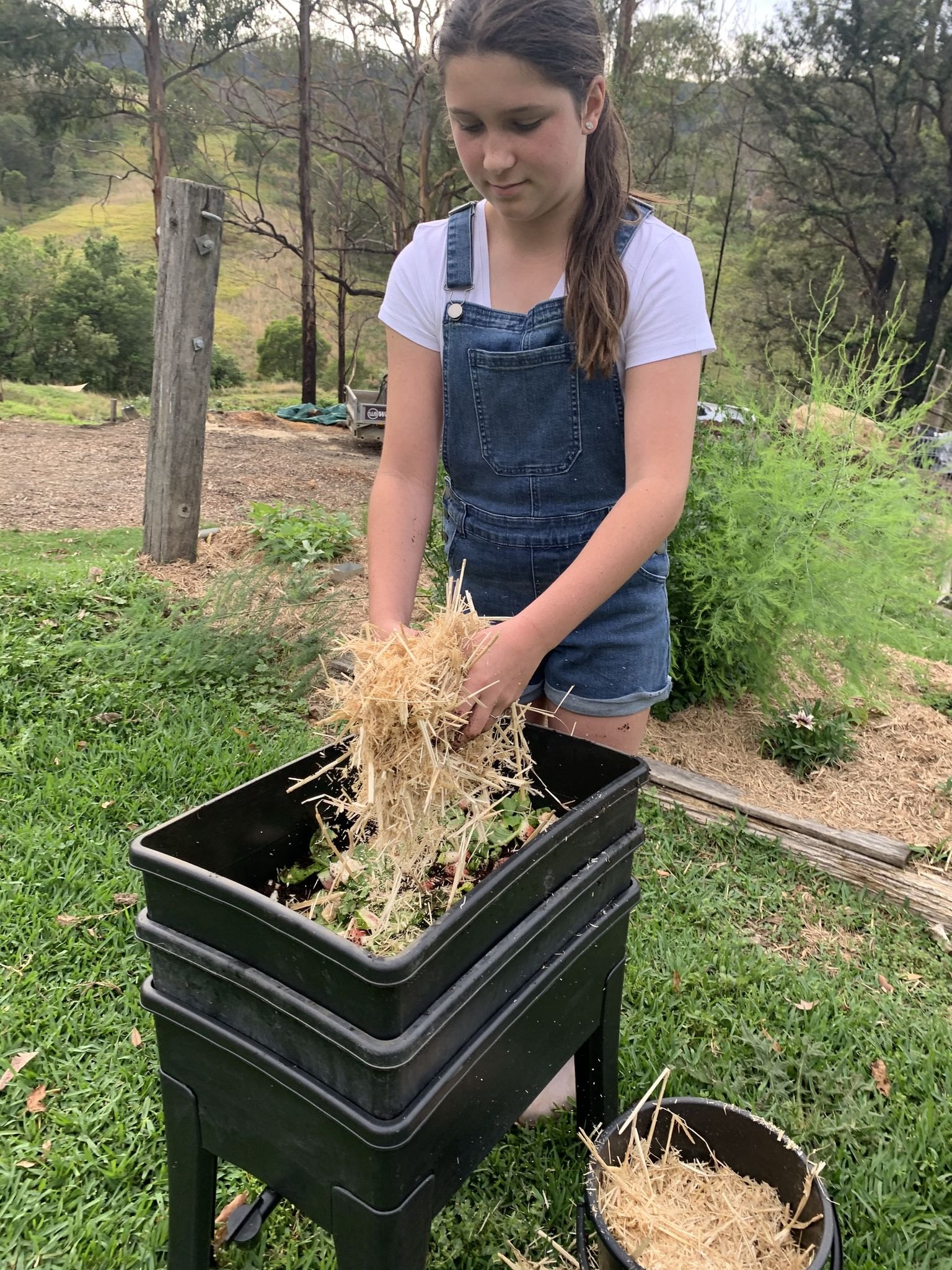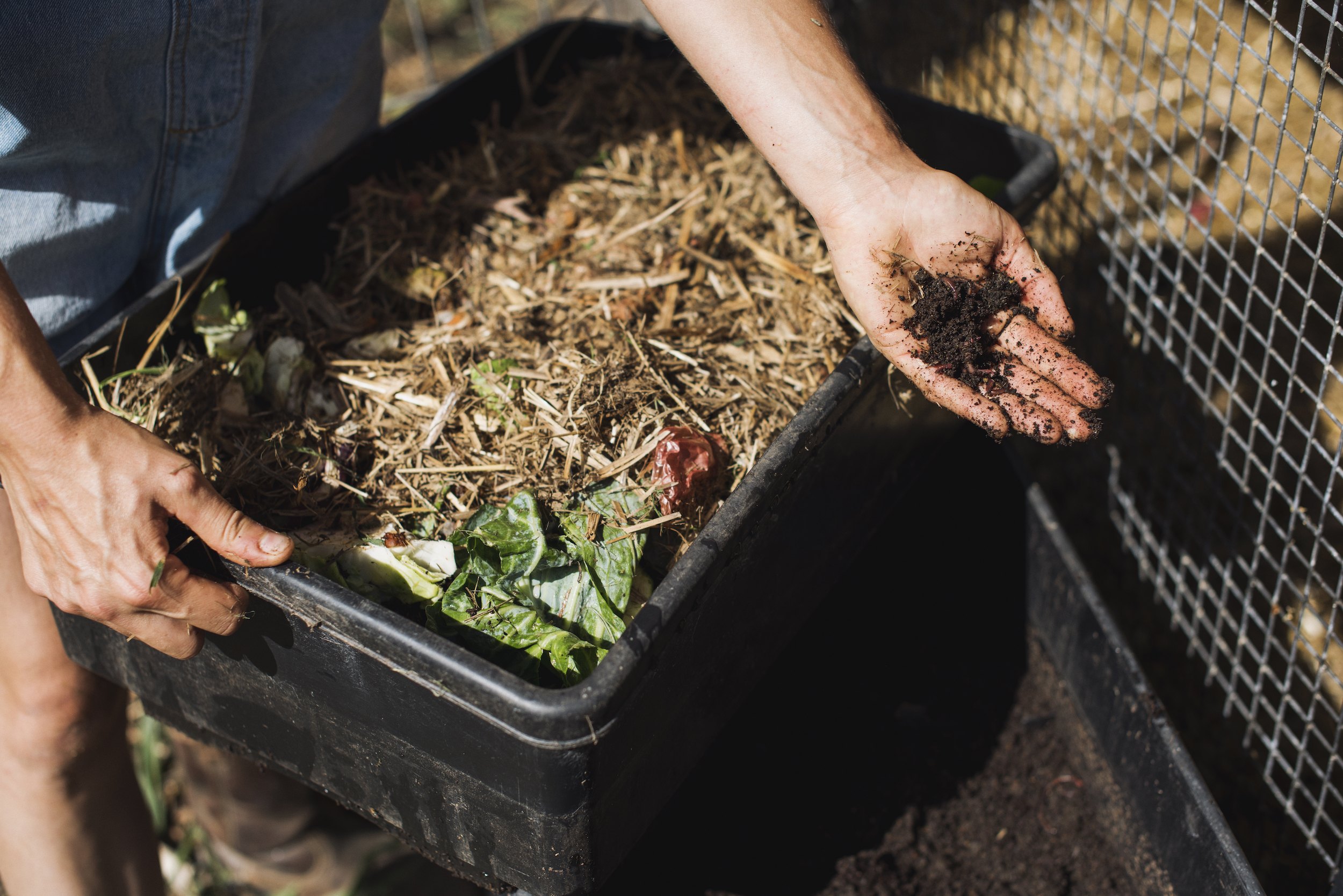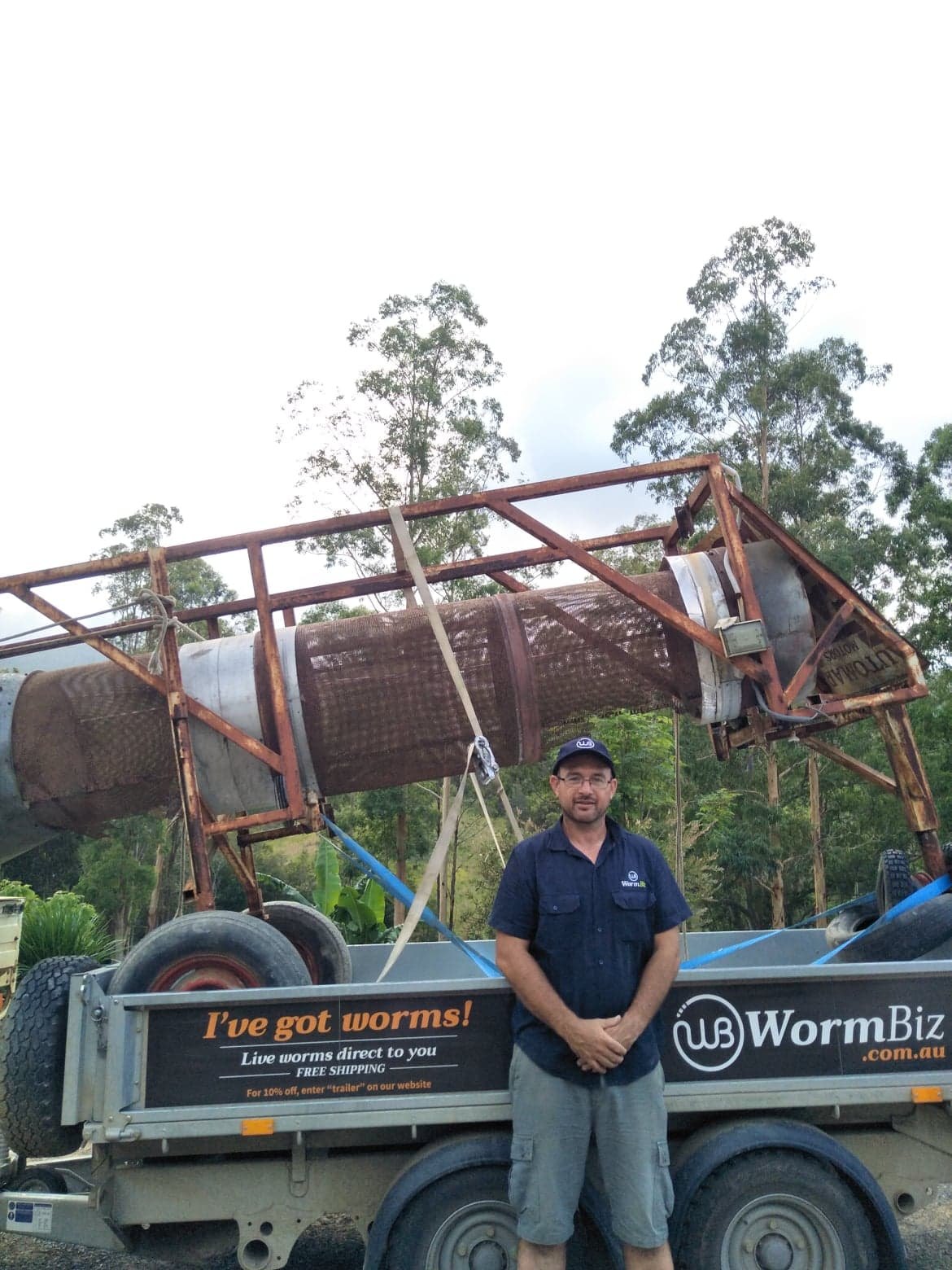Harvesting worms, castings and liquids.
Posted on December 20, 2017 by WormBiz
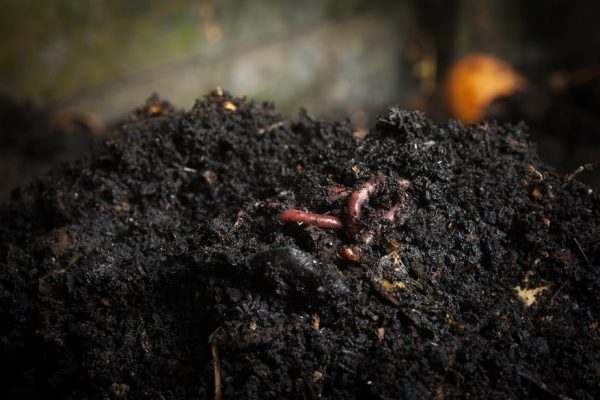
Harvesting worms can be easy – feed worms in one spot and keep taking them out as they come otherwise known as baiting. Or you can take the top inch of the feed layer out and use the sunlight to drive them down on to a piece of newspaper or the like also known as light separation. Rule of thumb – Try not to take more then 1/3 of your worms, otherwise it will take to long for the population to bounce back.
Harvesting cast – when it is time to harvest the cast, feed worms on one side of the farm. The worms will move over. Scrape the top inch of the feed layer off one side and place on the other side where feeding is taking place. Once you feel sufficient worms have moved over (will normally take about a week) then you are able to shovel the castings out. This is why I use slatted floors in my beds to make it easier to get all the castings. Once you have shovelled the castings from your farm then repeat the process for the other side. At this point it is good idea to place your forest mulch or larger quantities of manure then normal to trigger a mating response from your worms. Allowing for the next generation of worms to replenish.
Liquids and castings – the best way to add biology to the soil in my opinion is liquids as you are able to increase the quantity of beneficial microbes by building their populations up. Chasing biology from the cast in water with continuous airflow via an air pump or compressor. The highly oxygenated environment are the perfect conditions to colonise good bacteria’s, which ultimately feed the plants by eating other microbes and delivering their nutrients to the plants roots. That is why it is best to colonise your microbes in vast numbers for the best result. For the best results aeration for twelve hours before feeding your tea a fish or seaweed extract or some sort of high nutrient load and aerate for another 24-30 hours. Remember after the aeration process, it is best to use the liquids within a 24hr period to be on the safe side. The reason for this, if your colony has built up in such numbers, this may result in oxygen depletion from the sheer volume of bacteria’s in the tea, also if the food runs out then there could also possibly be a crash in your colony.
Soil drenching and foliar sprays – either work just as well, both require different dilution rates. You could never apply too much worm tea, unless it has become anaerobic. Getting the application rates right means you save time and money making the liquids in the beginning. My rule of thumb- grow so many worms you can never run out. Foliar sprays normally work best at water 10:1 tea and soil drenches you can add in concentrate or dilute out to 1:1. There aren’t too many rules if you’re making it yourself, try a few things and see what works. Observe and see.
Soil drenching will encourage growth beneath the soil and help condition the soil. This encourages larger predatory organisms including native earthworms to build up in numbers.

